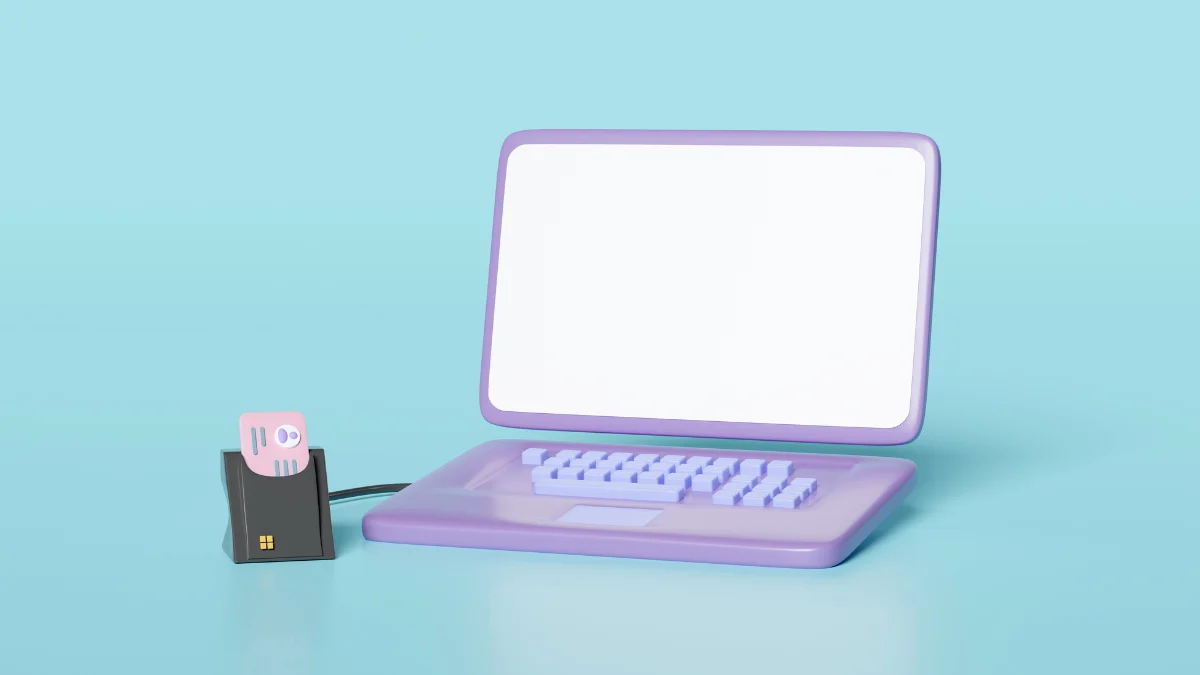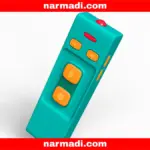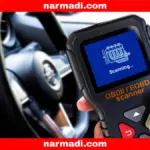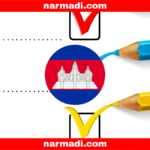Smart card readers are becoming an important technology to read the data from smart cards. Its use has influenced many things from identification, and payment, to access control.
With its functions, a smart card reader provides many conveniences. In its use, card readers are divided into three types contact, contactless, to dual interface.
This article will inform you about smart card reader from definitions, how it works, types, functions, and regulations for their use in Indonesia.
Also Read
Table of Contents
What is a Smart Card Reader?
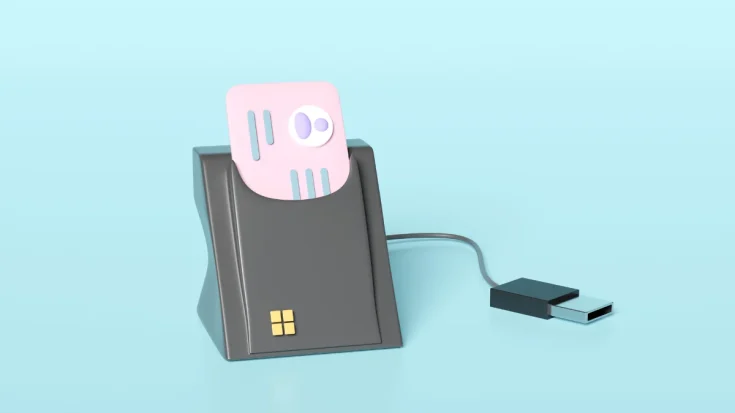
A smart card reader is a device used to read data from a smart card. This device allows the data from the smart card to be connected to a computer or network system so that it can process or verify the data sent.
The reader are commonly used for authentication, transaction authorization, and access control. This tool is commonly found in digital attendance systems for authentication, stores for payment authorization, and transportation gates for access control.
How Does Smart Card Reader Work?
The way a smart card reader works is by reading the chip that is on the smart card. There are two main ways the readers read the data:
- Contact: The card is inserted directly into the reader and comes into direct contact with the connector in the reader.
- Contactless: The reader is equipped with RFID or NFC technology, so the card is simply brought closer to the reader within a few centimeters.
Once the chip connects with the connector on the reader, the data on the card will be sent to the system for verification. All the reader process is done in just a few seconds.
The Types of Smart Card Reader
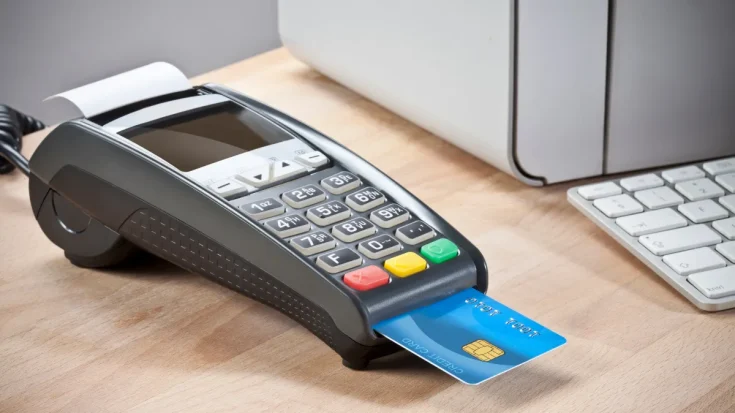
The types of smart card readers are divided into three, namely contact reader, contactless reader, and dual interface reader. The following is an explanation of these types of card readers:
Contact smart card reader
This reader require physical contact between the chip on the card and the connector on the reader. This type of reader is often used for transactions that use chip cards, such as ATMs or EDC machines.
Contactless smart card reader
Because it uses radio waves with RFID or NFC technology, this reader is able to read data simply by bringing the card closer to the reader within a few centimeters. This type of reader is often found in public transportation and office buildings as access to entry.
Dual interface smart card reader
As the name suggests, this reader combines the capabilities of a contact reader and a contactless reader in one device. Usually, this reader is often found on employee IDs for attendance and room access.
The Functions of Smart Card Reader
Authenticating
One of the functions of the reader is authentication. The reader is used to perform the authentication process in identifying users or granting access to certain systems.
Data reading
Data reading is another function of the reader. Data stored on the chip in the smart card such as personal information, transaction data, or authentication data can be read by the connector in the reader.
Data storage
Another function of the reader is to store data. This can only be done on some reader that are capable of writing or changing the data on the smart card.
Smart Card Reader Regulation in Indonesia
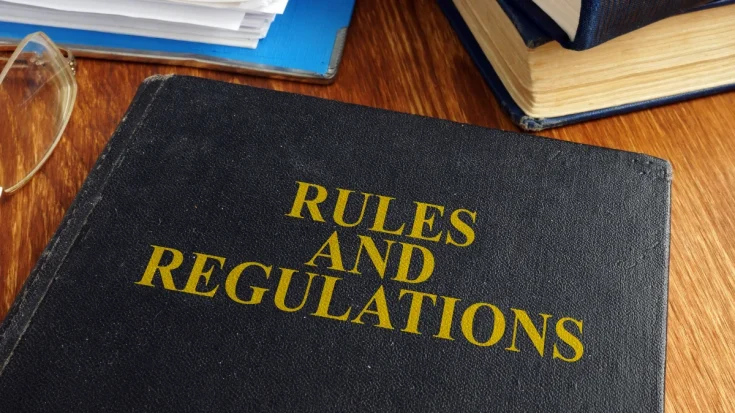
The smart card reader uses communication technologies such as RFID or NFC that operate within a specific frequency spectrum. In Indonesia, any RFID or NFC-based wireless device is required to have DJID (Directorate General of Digital Infrastructure) under the Ministry of Communication and Digital (KOMDIGI).
Smart card reader regulation is based on KEPMEN No. 260 Tahun 2024 for RFID or NFC, which requires all radio frequency-based devices to meet specific technical standards before being sold in the country.
The DJID certification ensures that the product meets government safety and quality regulations and does not interfere with other communication devices. The certification process involves technical testing, such as frequency adjustments, safety checks, and compatibility with the surrounding environment.
Once the tests are completed, products that pass are listed in a Test Result Report, which confirms that the product is safe and ready for sale in Indonesia. This report reassures customers that the product meets technical standards and is secure.
For companies wanting to sell a smart card reader in Indonesia, Type Approval Certification Services for ICT Products are available to assist with this process. This service includes preparing technical and legal documents, conducting required testing, ensuring compliance with regulations, helping companies streamline the certification process, and giving consumers confidence in certified products.

